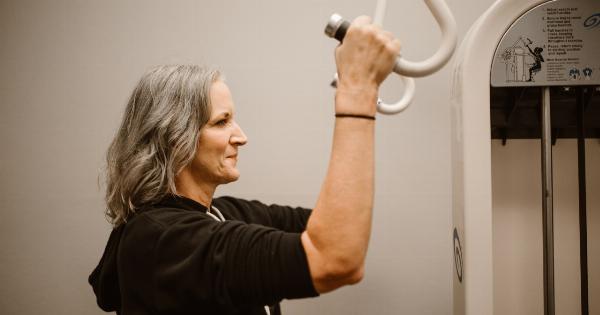Menopause is a natural part of women’s lives when they age. During perimenopause, the years leading up to menopause, women may experience several significant physical, emotional, and hormonal changes that could impact their work schedule.
The menopause journey is different for all women, and they may require various adjustments. This article will discuss the ideal work schedule for menopausal women.
What is Menopause?
Menopause is the natural process that occurs to a woman’s body when it stops producing estrogen, leading to the end of her menstrual cycle. Menopause typically happens between the ages of 40 to 60 years.
Perimenopause
Perimenopause is the period surrounding menopause and often begins when a woman is in her 40s. It is when the body starts to slow down in the production of key hormones, such as estrogen and progesterone.
The fluctuations in these hormones can lead to various physical and emotional symptoms that can affect women’s work schedules. These include hot flashes, night sweats, mood swings, anxiety, and fatigue.
How Menopause Can Affect Women’s Work Schedule
Menopausal women may experience various physical and emotional symptoms that could affect their work performance. These symptoms can lead to difficulty in maintaining their productivity levels and quality of work output.
For instance, hot flashes can cause discomfort, and night sweats can interrupt sleep, leading to fatigue and irritability. Mood swings and anxiety can lead to reduced focus and concentration, while fatigue can affect the ability to work long hours without breaks.
Ideal Work Schedule for Menopausal Women
Menopausal women should be allowed to create an ideal work schedule that caters to their unique symptoms while still maintaining their productivity levels and quality of work output.
Below are some suggestions for creating an ideal work schedule for menopausal women.
1. Flexible Work Hours
Allowing menopausal women to work flexible hours can help them cope with symptoms, such as hot flashes and night sweats. This will enable them to attend medical appointments, manage their symptoms, and take rest when necessary.
By having flexible hours, menopausal women will also have the opportunity to manage their time better, resulting in increased productivity levels and better work output.
2. Reduced Working Hours
Reducing the number of work hours per day or week can significantly improve menopausal women’s performance at work. This can help them manage their fatigue levels and reduce symptoms such as hot flashes and night sweats.
By having enough rest and downtime, women can maintain the motivation and energy levels required for work and ultimately achieve better work output.
3. Job Share
Allowing menopausal women to job share can help them manage their symptoms while maintaining their productivity levels. Job sharing can also help women manage the physical and emotional challenges that come with menopause.
By sharing the workload with another person, menopausal women can take the necessary breaks and rest they need without feeling guilty.
4. Home Working
Letting menopausal women work from home can help them manage their symptoms while still working. Women can take necessary breaks for self-care like meditation or a nap instead of commutes.
Home working also offers women the chance to set up their ideal work environment in terms of temperature or lighting needed for comfortability.
5. Adjustments in the Workplace
The workplace can accommodate adjustments to help menopausal women manage their symptoms. For instance, adjusting the temperature, allowing for dress code change or changing lightening to avoid glare can help women feel more comfortable at work.
Conclusion
Menopause can affect women’s work performance due to various physical and emotional symptoms. Employers need to ensure their employees are comfortable by offering supportive work environments and schedules.
By allowing for flexible working hours, reducing work hours, offering job sharing, working from home, and adjusting the workplace are essential steps employers could consider to accommodate menopausal women.































